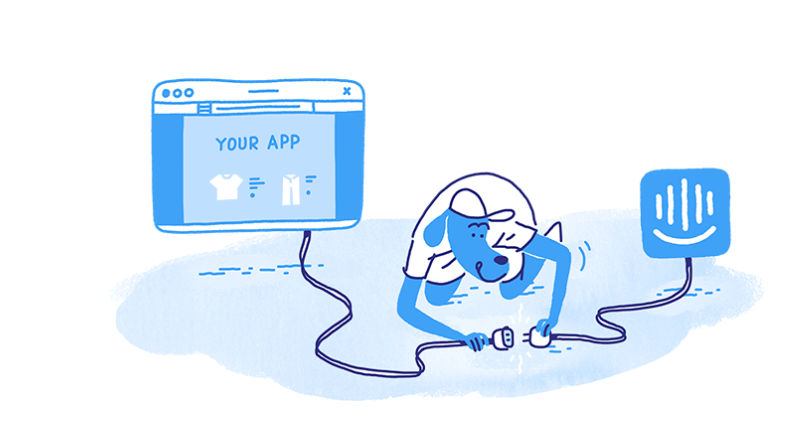New data from Urban Airship shows that when marketers don’t message new opt-in app users, they are wasting 95 cents of every dollar spent acquiring them. Only five percent continue to use those apps 90 days after first open, which considering the high cost of mobile app user acquisition is an inefficient and unsustainable way to achieve mobile growth. Mobile growth company Urban Airship, revealed these initial findings from a study of more than 63 million new users, exposing popular misconceptions about the impact that notification volume and frequency have on mobile app retention rates.
In a blog post, Bill Schneider Senior Director of Product Marketing said the new benchmarks should help answer a frequently answered question for mobile marketers – “How Often Should I Send Push Notifications?” Customer churn is one of the most vexing issues app publishers face in growing app user base and revenues,said Schneider, as Urban Airship announced the coming availability of their new Predictive Churn analytics add-on solution to predict customers most likely to churn.
Urban Airship analyzed customer data in aggregate to identify apps with at least 5,000 downloads that had sent at least 1,000 cumulative push notifications in one month. Taken in a 90 day period from Sept to Dec 2016, the analysis focused on tracking app users notification opt-in status, app open behavior and volume of notifications received.
Overall, more than one-quarter of opt-in users receive exactly zero notifications
Examining the number of push notifications opt-in users received in their first 90-days shows startling evidence that many apps lack any type of engagement strategy. Android’s two largest volume bands include 30 percent of users who received zero push notifications and 13 percent who got one. On iOS, zero push notifications was at 15 percent of users, while 17 percent of users received one.
The company said that not only is sending zero push notifications a massive waste of user acquisition investment, it ignores an important and direct channel to engage users who have opted in, as well as generate future customer value from actively engaged users.
Within reason, concerns about sending too many notifications are unfounded
The general trend shows a very strong correlation between notification frequency and greater mobile app retention rates. App users who receive any kind of notifications in their first 90-days have 66 percent higher retention rates than those who do not, while more frequent messaging increases app retention rates by 3X to 10X. In fact, moving from zero notifications sent to weekly notifications doubles the app retention on iOS and is a 6X multiplier on Android.
Moving to a greater than daily frequency triples iOS 90-day app retention rates and produces a 10X improvement on Android. Surprisingly, noted Urban Airship, this greater than daily frequency was the third most common send volume for iOS apps at 13 percent of users, while just four percent of Android users were messaged at this rate.
Mapping new user retention rates by the frequency of notifications sent to users, displays clear insights for app marketers to use in formulating messaging strategies, said Urban Airship. Both, Android and iOS charts show strong groupings for 90-day retention levels that point to the need to move to more frequent messaging. Apps should focus on sending push notifications that are more responsive to individuals’ in-app or cross-channel behaviors to grow frequency and the value users receive. To do this successfully, apps must improve their ability to listen for user signals wherever they may take place, and respond relevantly in their moment of need through real-time automation.
“The data is clear. App publishers that spend the time and energy to have a thoughtful customer-centric engagement strategy are rewarded with retention rates that are 3-10X times higher than those who don’t. But that’s only the beginning,” said Brett Caine, CEO and president of Urban Airship. “Even apps with high retention rates have room to improve and small gains can have big impacts, which is why we are excited to offer a new end-to-end solution that makes it easier than ever to determine which users are prone to churn and take action while there’s time to retain them.”
Urban Airship newly available Predictive Churn analytics, analyzes user patterns for each app in order to assess a user’s likelihood to churn before they do. Based on a proprietary machine-learning model trained with more than 10 billion data points, Predictive Churn classifies users into three risk profiles — Low, Medium and High — and makes it easy to take action in Urban Airship or any other business system by making these risk assessments available within:
- Predictive Churn Dashboards to benchmark performance and make it easy to see if efforts are impacting results over time
- User profiles to meld with other user attributes for highly relevant messaging including pre-built automation triggers
- Adhoc drill down analysis with any other data point to determine content and offers that are most likely to generate action
- Real-time data streaming to an external data warehouse or business system for cross-channel analysis and re-marketing, or low-churn-risk lookalike targeting
Urban Airhsip’s blog post added the important caveat that they are not recommending that any push notification is a good push notification. But if you’re looking to improve app retention rates, when it comes to push notifications, more is (almost always) better, said Bill Schneider, adding that many brands tend to be conservative about the number of push notifications they send, for fear of losing users.











